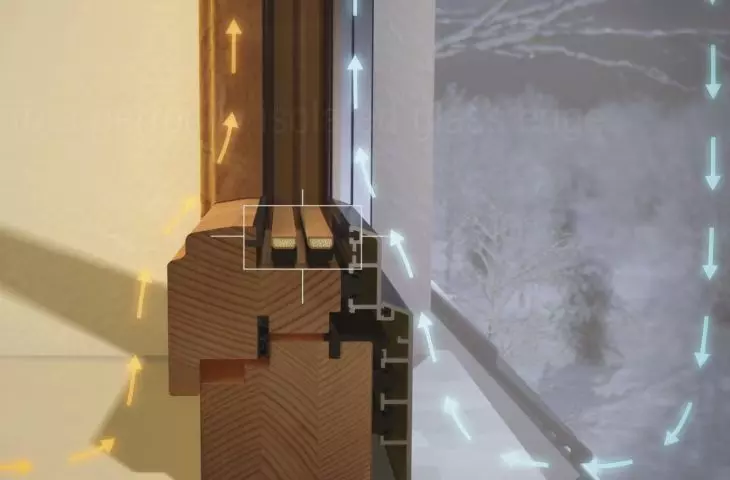The spacer used in the window has a huge impact on the energy intensity of the entire building.
A study conducted by the independent Passive Building Institute - Passivhaus Institut Darmstadt - proves from the data presented that 100% plastic spacers significantly increase the energy efficiency of windows. Thus, the warm frame reduces energy consumption,CO2 emissions and heating costs. The results of the PHI's calculations illustrate the energy cost savings for temperate cool and cold climate zones, and thus can be applied to the climate conditions prevailing in Poland. The study compared aluminum, stainless steel and plastic spacers used in windows of low-energy houses and corresponding to the standards set by the regulation on energy savings in new buildings (EnEV 2016).
© SWISSPACER
By using SWISSPACER plastic spacers, up to 8.6% of energy costs can be saved. This means much lower heating bills, even though the warm-frame window itself is only marginally more expensive than a standard window. This is because the thermal conductivity of warm frames is 0.14 W/mK, while that of standard aluminum frames is as high as 160 W/mK. In addition, plastic spacers provide greater comfort in the room, as they significantly reduce the formation of condensation on the window, thereby reducing the risk of mold.
For more information, visit the company's SWISSPACER page on the A&B portal.


















